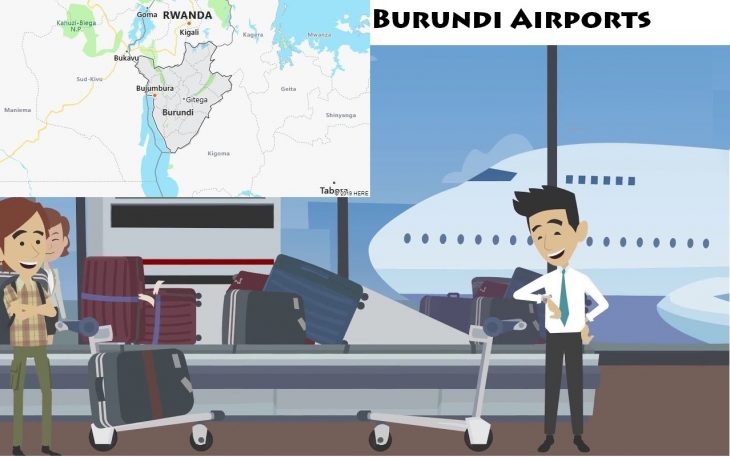Burundi Airports
As of 2019, there are 3 airports throughout the country of Burundi according to IATA and ICAO. Through the table below, you can find name of each airport, its abbreviation, city location, and size. Airports in Burundi are listed in alphabetical order. Please note that some airports serve internationally, while the other only serve domestically.
List of All Airports in Burundi
| # | Airport | Abbreviation | Location | Size |
|---|---|---|---|---|
| 1 | Bujumbura International Airport | BJM | Bujumbura | Medium |
| 2 | Gitega Airport | GID | Gitega | Small |
| 3 | Kirundo Airport | KRE | Kirundo | Small |














































